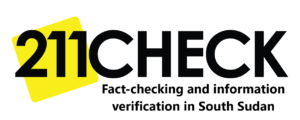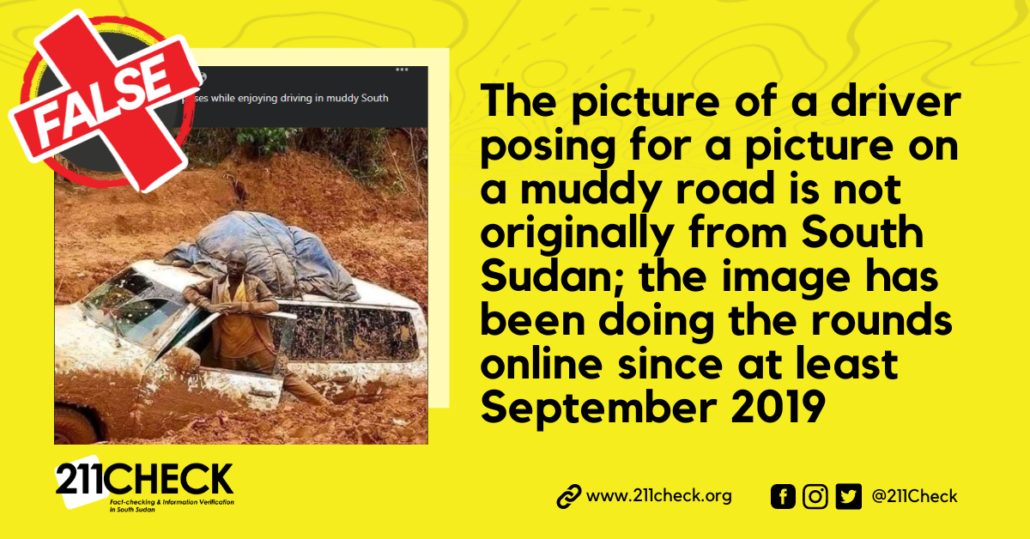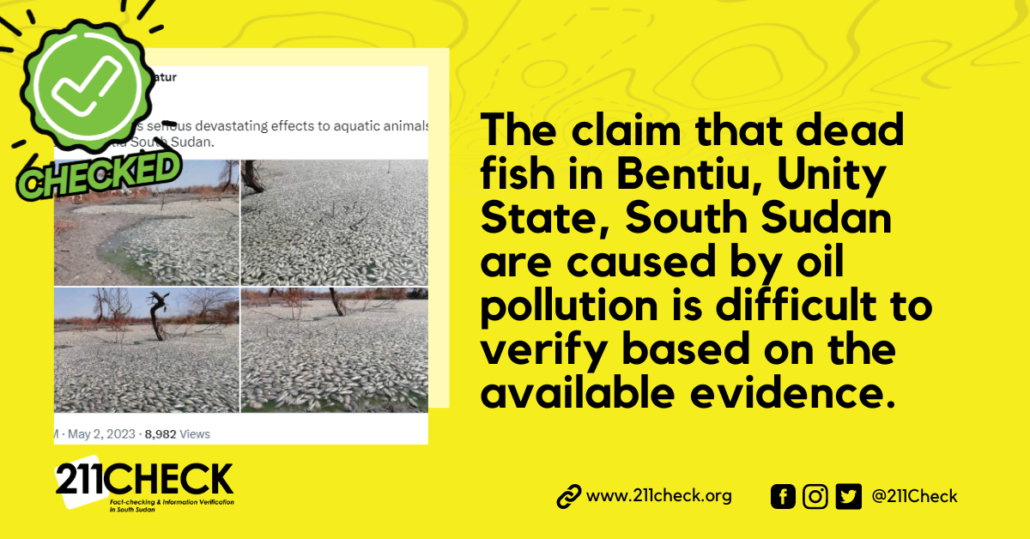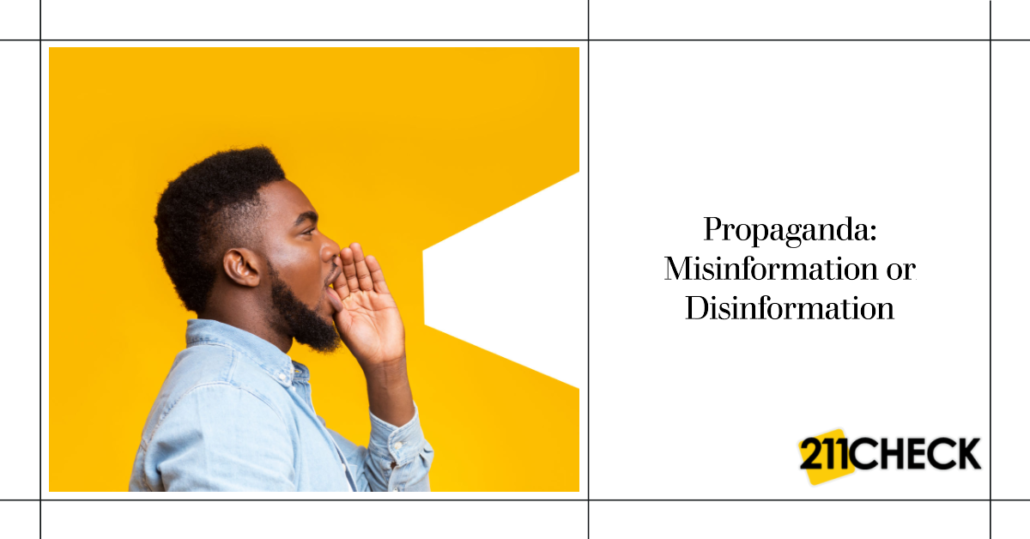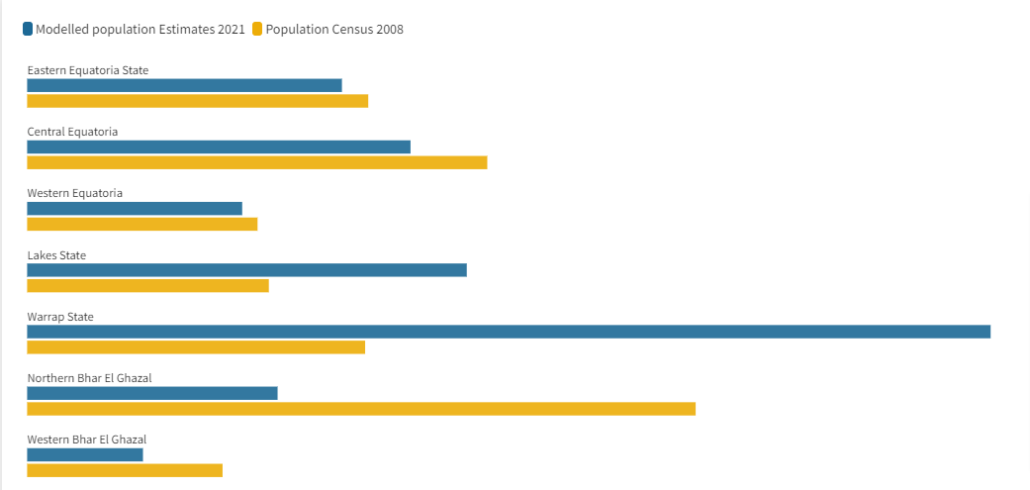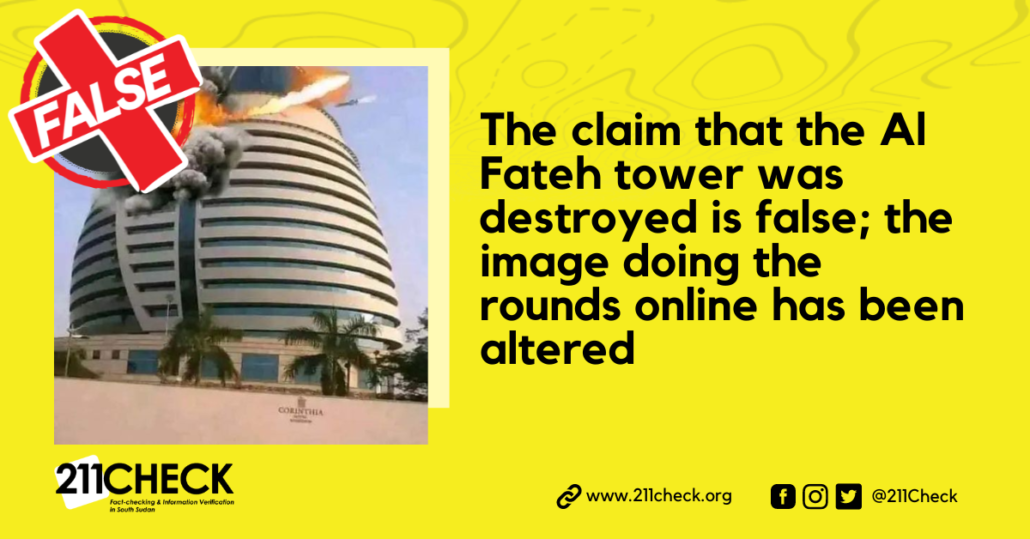We explore the psychology behind online scams and frauds, including common tactics used by scammers, the impact of such activities on individuals and society, legal consequences for those participating in these activities, and ways to verify the authenticity and protect oneself from online fraud.
Writer: Emmanuel Bida Thomas
Unfortunately, online scams and frauds are all too common in today’s digital age. Despite efforts to increase awareness and educate people about these types of fraud, they continue to occur at an alarming rate. The psychology behind why people create online scams and frauds is complex and multifaceted. In this blog post, we’ll explore some of the common tactics used by scammers, the impact of online scams and frauds on individuals and society as a whole, the legal consequences of participating in online scams and frauds, how to verify the authenticity of scams such as job offers or recruitment messages, and how to protect oneself from online job scams and frauds.
The global prevalence of online scams and fraud
According to PwC’s Global Economic Crime and Fraud Survey 2022, 51% of surveyed organisations say they experienced fraud in the past two years, the highest level in their 20 years of research. The survey of 1,296 executives across 53 countries and regions also shows that fraudsters are becoming more sophisticated in their tactics. In a survey of over 5,000 respondents across 99 global territories in 2020, PricewaterhouseCoopers (PwC) found that 47 per cent had suffered at least one form of fraud in the prior 24 months—averaging six per company. These were commonly customer fraud, cybercrime, asset misappropriation, bribery, and corruption, costing $42 billion.
The Psychology Behind Online Scams and Frauds
The desire for financial gain is the root of most online scams and frauds. Scammers often use social engineering techniques to manipulate victims into giving up personal information, money, or sensitive data. These techniques exploit human vulnerabilities, including fear, curiosity, greed, and compassion. For example, some scammers may pose as a trustworthy authority figures, such as a doctor or government official, to convince their victims to hand over sensitive information.
Others may use emotional appeals, promising quick riches or presenting themselves as long-lost friends or loved ones needing urgent help. Still, others may use threats or blackmail to extort money or information from their victims. Ultimately, the success of any scam relies on the victim’s willingness to trust the scammer and act upon their demands.
Socio-economic factors contributing to online scams and positive impacts
Some people may use online scams to survive in countries with limited economic opportunities. While this does not justify fraudulent behaviour, it is essential to acknowledge that underlying socioeconomic factors may contribute to the prevalence of online scams.
It’s important to understand that people engage in fraudulent behaviour for various reasons. These reasons are often related to broader societal issues such as poverty, inequality, and lack of access to education and economic opportunities. While it’s never acceptable to engage in fraud or other illegal activities, addressing the root causes of these behaviours is essential to create a more just and equitable society. One way to do this is by investing in programs and policies that promote economic growth and opportunity, improve access to education and training, and support marginalised communities. A holistic approach to addressing these issues can reduce the prevalence of online scams and other forms of fraud while promoting more significant social and economic justice.
It is difficult to find any positive impacts of online scams. However, some studies suggest that online shaming can have positive influences, such as the communication of group norms and the punishment of their violation by elevating the status of those enforcing them.
The four stages of a scam are:
The typical stages of a scam are from when the scammer first contacts a potential victim to the victim realising they’ve been defrauded.
The opportunity is also called setup: Scammers contact potential victims. They often have tremendous success if the victim is experiencing a vulnerable period in their life. The scammer sets up the scam, which involves creating a fake story or scenario to trick the victim into parting with their money or personal information.
The hook or scam itself: The scammer makes initial contact with the victim and uses various tactics to gain their trust and confidence, such as offering a fake investment opportunity or pretending to be a government agency. Fraudsters create a credible fake story to target victims, such as a bank staff member, an investment expert, a seller of goods or a romantic interest. Scammers use imitation to appear more believable. Tactics include spoofing phone numbers or using fake reviews to create credible online ads. Scammers build a relationship with the victim by appearing likeable and establishing similarities.
The payoff, known as payment: The scammer convinces the victim to send them money or provide personal information, often by promising a significant return on investment or threatening legal action if they don’t comply. Scammers create an overwhelming sense of urgency, leaving victims little time to double-check details and manipulating them into dismissing warnings from experts, family members or friends.
The endgame and aftermath: The scammer disappears with the victim’s money or personal information, leaving them with little recourse for recovery. In some cases, the scammer may continue to contact the victim to get more money or information from them. The victim realises that they’ve been scammed, often causing feelings of distress and shame. Too often, banks and the police don’t deal with the situation well, leaving the victim under further stress. On many occasions, the victim isn’t reimbursed for their losses.
Common Tactics Used by Scammers
Scammers use various tactics to trick people into giving them money or personal information. Some of the most common tactics used by scammers include impersonation, urgency, and emotional manipulation:
- Phishing emails and text messages: Appear to be from a reputable source but contain links or attachments that install malware or steal personal information.
- Advance fee scams: These are scams where the scammer poses as a wealthy individual who needs help transferring funds out of their country. The victim is promised a reward for helping but is asked to pay various fees upfront, which are never returned.
- Charity scams: These are scams where the scammer poses as a charitable organisation and solicits donations from unsuspecting individuals. The money collected is often never used for its intended purpose.
- Impersonation scams: These are scams where the scammer poses as a legitimate authority figure, such as a government official, police officer, or bank representative. They use this guise to obtain personal or sensitive information from their victims.
Impact of Online Scams and Frauds
The impact of online scams and frauds can devastate individuals and society. Victims can suffer financial losses, identity theft, and emotional distress. Online scams and frauds can undermine trust in institutions and the economy. Victims may also face legal consequences if they unknowingly participate in illegal activities, such as money laundering or wire fraud.
Online scams and frauds impact society, eroding trust and confidence in digital transactions and communication. This can lead to decreased adoption of new technologies and increased costs for businesses that must invest in cybersecurity measures to protect themselves and their customers. According to the International Monetary Fund (IMF), incidents that corrupt the integrity of financial data can potentially undermine trust and confidence more broadly. In addition, exposure to online misinformation has been linked to lower trust in mainstream media across party lines.
Legal Consequences of Participating in Online Scams and Frauds
Participating in online scams and frauds can have serious legal consequences. Depending on the nature and scope of the scam, individuals who are caught may face fines, imprisonment, or both. In some cases, individuals may also be required to pay restitution to their victims.
How to Verify the Authenticity of Scams
It’s important to verify the authenticity of any message or job offer before providing personal or sensitive information. Some ways to do this include:
-Researching the company or organisation online to see if they have a legitimate website or social media presence.
- Contact the company or organisation directly to confirm the message’s legitimacy or offer.
- Checking with relevant authorities, such as the Better Business Bureau or local law enforcement, to see if any reports of fraud or scams are associated with the company or organisation.
How to Protect Oneself from Online Scams and Frauds
There are several things that individuals can do to protect themselves from online scams and frauds:
- Be cautious about providing personal or sensitive information online.
- Avoid clicking on links or downloading attachments from unknown sources.
- Use strong passwords and two-factor authentication for online accounts.
- Install antivirus software and keep it updated.
- Report any suspicious activity to relevant authorities.
A fairer system for scam victims
South Sudan has been plagued by scams and frauds, leaving many victims without justice or compensation. To establish a fairer system, the establishment of Computer Incident Response Term (CIRT), a centralised government agency by the National Community Authority, should be expedited to handle scams and fraud reports. CIRT should employ trained investigators who work with victims to gather evidence and pursue legal action against scammers. Scam victims should be provided with counselling services, information on avoiding scams and establishing a compensation fund in the future. The legal system must be strengthened to ensure that scammers are held accountable, and victims receive justice. Education and awareness campaigns could be implemented to help prevent future scams by educating the public on how to spot and avoid them.
Computer Incident Response Teams (CIRTs) can effectively combat online scams by providing a coordinated and rapid response to security incidents. CIRTs can help to identify and contain security incidents, minimise damage, and restore normal operations as quickly as possible. They can also help to prevent future incidents by identifying vulnerabilities and implementing security measures to address them.
While implementing such a system may require significant resources and effort, it could provide much-needed support and justice to victims of scams in South Sudan.
New laws could provide more excellent protection
Two significant pieces of legislation that are yet to go through parliament will help to provide improved protections against scams or help for scam victims in South Sudan:
The Data Protection Bill aims to regulate the collection, use, storage, and sharing of personal data by individuals, organisations, and institutions. It will hold online platforms responsible for fraudulent content and ads, which means that they will be required to take steps to prevent the spread of malicious advertisements and fake news on their platforms. This could help reduce the number of online scams and provide more excellent protection to consumers who may fall victim to these scams.
The Cybercrime and Computer Misuse Bill addresses cybercrime activities such as hacking, identity theft, and phishing. The bill criminalises computer-related offences and provides penalties for those found guilty of engaging in such activities. This bill can help deter cybercriminals from carrying out illegal activities by imposing stiff penalties and providing a legal framework within which law enforcement agencies can investigate and prosecute cybercriminals.
Conclusion
Unfortunately, online scams and frauds are a reality in today’s digital age. The psychology behind why people create these types of fraud is complex but often involves a desire for financial gain. To protect oneself from these types of scams, it’s essential to be cautious about providing personal information online and to verify the authenticity of any message or job offer before acting upon it. By staying vigilant and informed, individuals can avoid falling victim to online scams and fraud.
To ensure accuracy and transparency, we at 211 Check welcome corrections from our readers. If you spot an error in this article, please request a correction using this form. Our team will review your request and make the necessary corrections immediately, if any.


